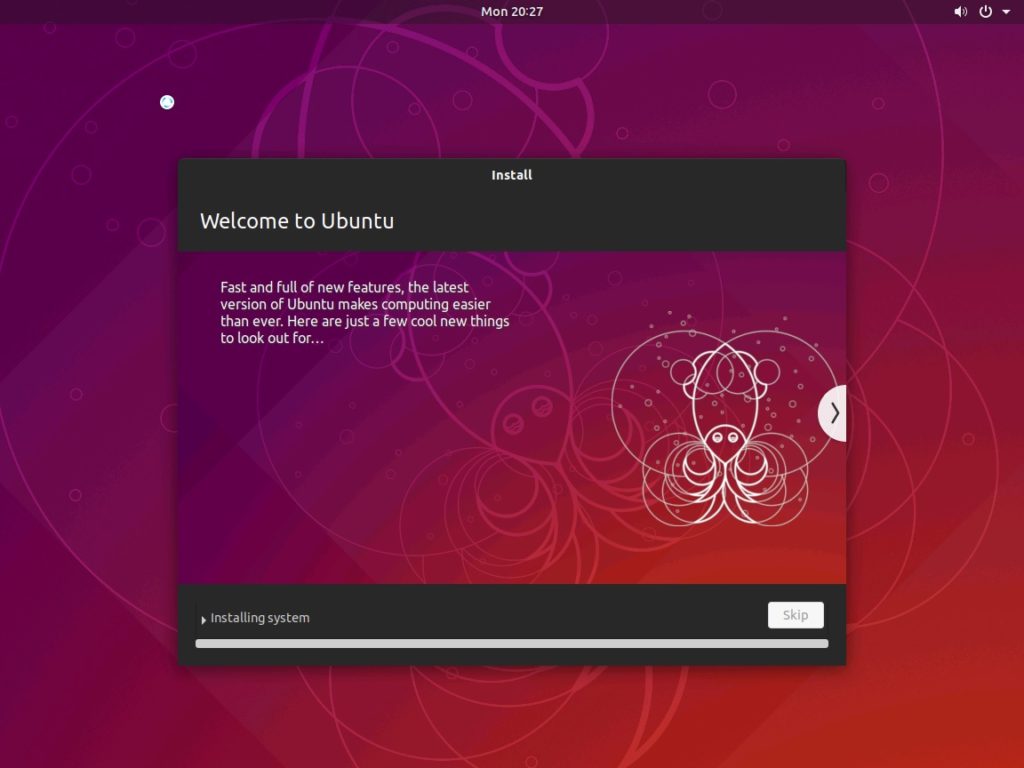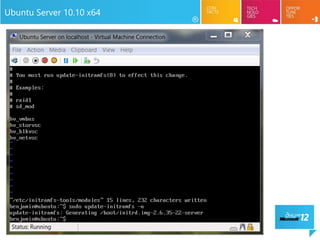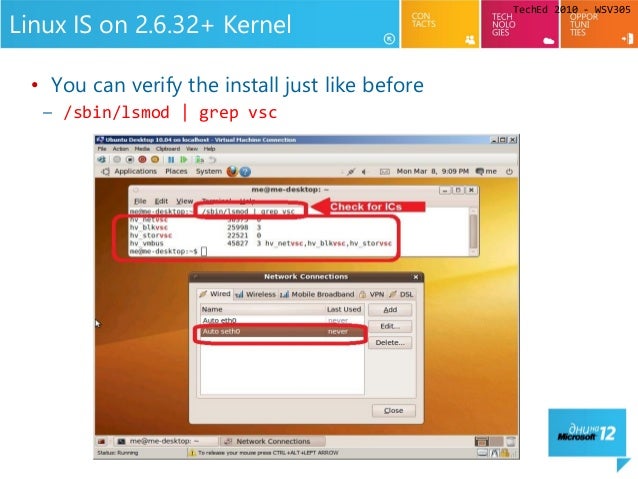
To do so, right-click Start and click Disk Management. To enable the server-side Hyper-V USB passthrough, follow the steps below.ġ. Consequently, removable drive types are not applicable for Hyper-V USB passthrough access. The Windows OS does not allow setting removable drive types offline, such as USB thumb drives or memory cards. For this reason, you’ll need to set the USB drive offline on the host first before you can enable it for Hyper-V USB passthrough access.

The host and the VM cannot have simultaneous access to the USB drive. Related: How To Manage Hyper-V Host From A Non-Domain Windows Client Setting the USB Drive Offline on the Host You want to control which USB storage devices are available to anyone who logs in to the Hyper-V VM.No other USB device types are compatible with server-side Hyper-V USB passthrough access. You only require access to non-removable USB mass storage devices.The Hyper-V VM guest OS is either Windows or Linux.This USB passthrough access method is appropriate if:

In turn, the Hyper-V VM should have access to the USB device as if the device is directly connected to the VM. In a nutshell, the Server-Side Hyper-V USB passthrough means that you’ll be attaching a USB device to the Hyper-V host. Related: Getting Started Guide to Managing Hyper-V VMs with PowerShell Enabling Server-Side Hyper-V USB Passthrough Access This tutorial will be using an external USB hard drive and a USB flash drive.


Unlike other hypervisors, such as VMWare Workstation, that make USB devices available inside VMs in a few clicks, Hyper-V requires quite a few more steps to accomplish the same. But if you need to access a USB storage device in Hyper-V, you’ll need to perform several steps to enable Hyper-V USB passthrough access. Transferring files via USB storage to a Hyper-V virtual machine (VM) is not uncommon, especially when copying a large amount of data.


 0 kommentar(er)
0 kommentar(er)
